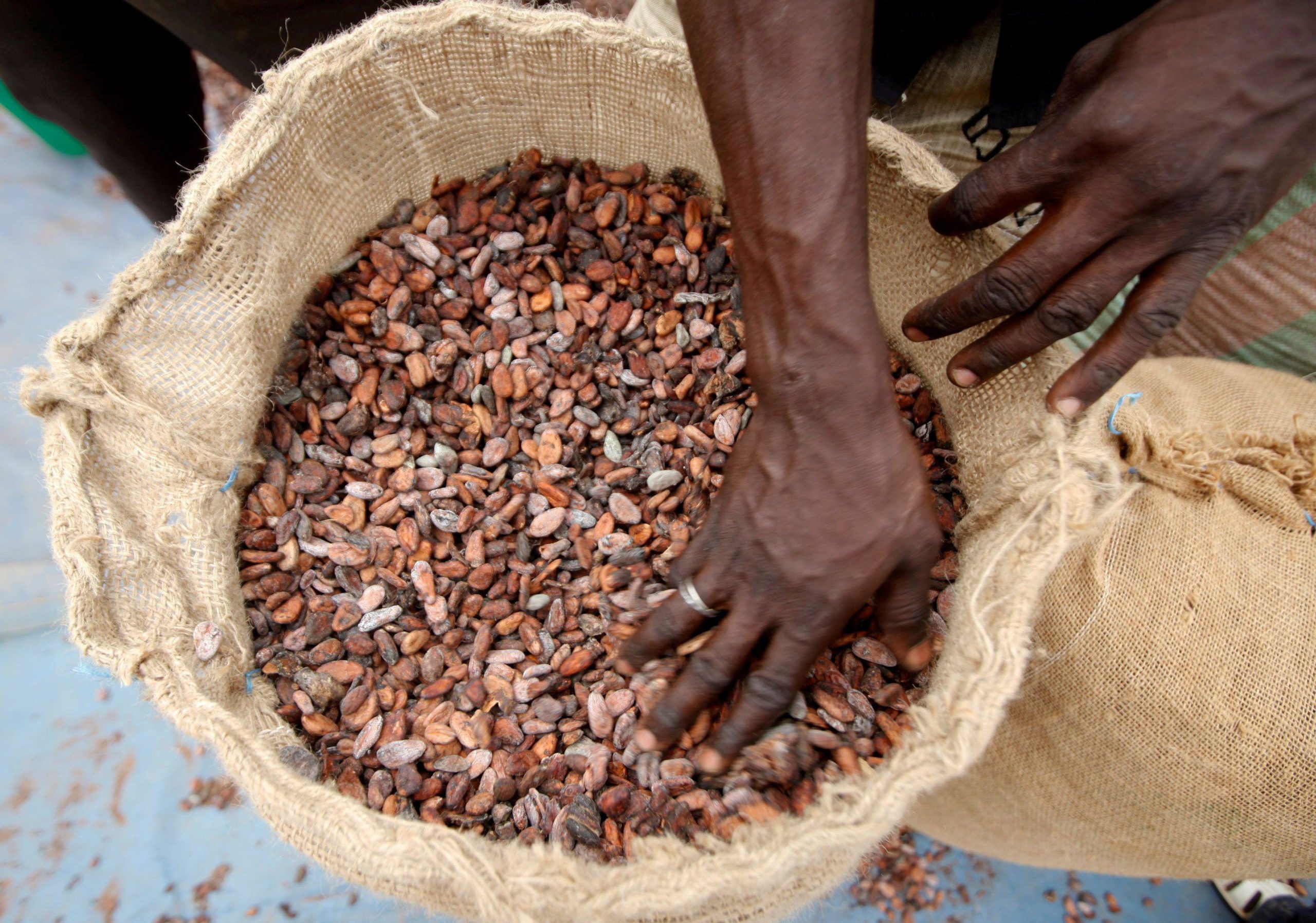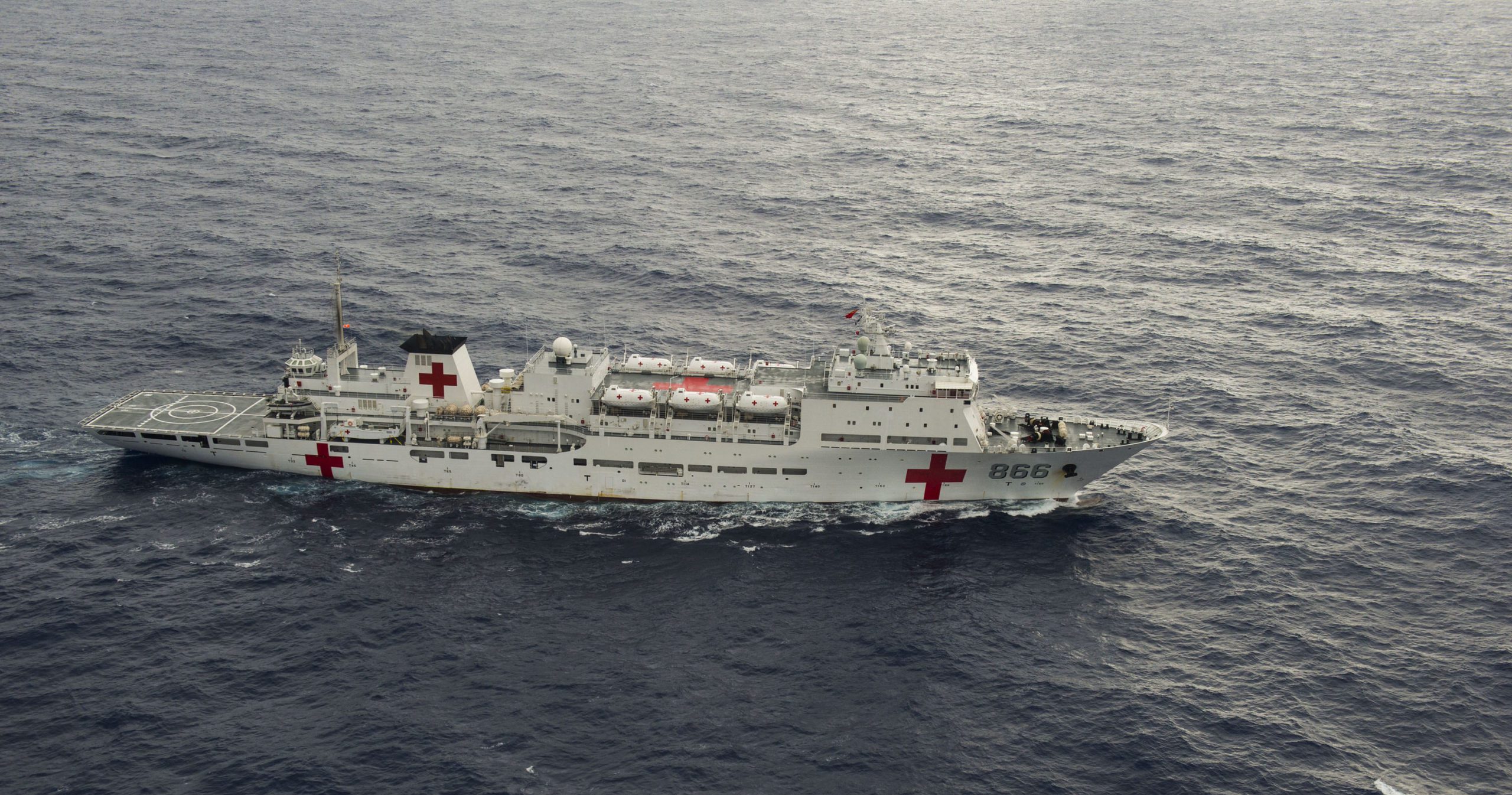By Rachel Yeo (Bloomberg) — Asian container liners’ profits might have just peaked.
A sharp drop in shipping rates could be on the cards later this year after tariff-driven demand in the second quarter pulled forward volumes from the traditional third-quarter peak season.
Transpacific trade picked up during the US-China tariff truce with freight prices up sharply in June. As capacity recovered, smaller players like China United Lines Ltd. even started resumedtranspacific services after a period of absence.
“Container volume data seems to suggest that Chinese liners saw the greatest increase in demand during the tariff truce, compared to peers in Japan and South Korea, which suggests the former could potentially see a more robust quarter,” said Bloomberg Intelligence analyst Kenneth Loh.
The rest of the year could be dampened by weaker trade growth as sentiment remains soft, while volumes brought forward could trigger deeper rate corrections, said Philip Damas, managing director and head of Supply Chain Advisors at Drewry Group.
Earnings from Japanese liners are showing the peak might be over, with Mitsui OSK Lines Ltd. failing to impress investors as US tariff threats impacted its container shipping business, and Nippon Yusen KK cutting full-year guidance on currency fluctuations and tariff turmoil.
Chinese peers, meanwhile, might get one last cheer before a harsher reality sets in, as front-loading and strong exports in the first half could boost the likes of Cosco Shipping Holdings Co.
Petering Out
Signs of slowing trade in China after record-breaking volumes signal the front-loading boost could start to peter out.
A tariff reprieve merely postpones demand headwinds, HSBC analysts including Parash Jain wrote in a mid-July note. “Even worse, the accelerated vessel delivery schedule will collide with potentially weakening demand, exacerbating overcapacity.”
From the third quarter on, transpacific container traffic is set to decline with only a slight seasonal uptick seen in the second quarter of 2026, said Damas. “The container shipping market is fundamentally in a cyclical downturn, with temporary rate spikes driven only by disruptive shocks rather than demand-side strength.”
Beyond mainland China and Japan, Taiwan’s Evergreen Marine Corp. and Yang Ming Marine Transport Corp. could see full-year earnings fall by more than half as trade uncertainties weigh. In Europe, AP Moller-Maersk A/S and Hapag-Lloyd AG are also expected to see a continued slowdown.
US-China trade talks are progressing with US President Donald Trump set to make the final call on maintaining a tariff truce with China. Any deal that’s more favorable than expected for China could yield greater upside for the country’s liners, said BI’s Loh.
Diversification
Even tariffs considered favorable could still weigh on rates and volumes, said Damas, noting the revised 15% tariff on Japan is still higher than a year ago and is likely to reduce Japanese containerized exports to the US overall.
“For China, it is too early to say how adverse the impact of revised tariffs will be on container lines” according to Damas. “There are signs that China exports to regions other than the US are growing fast.”
China’s trade surplus reached record levels in the first six months of the year, as the country sought to diversity exports away from the US and tapped Southeast Asia.
Somewhat shielded from tariff rumblings, more high-growth markets such as intra-Asia trade lanes are displacing the transpacific in terms of global importance amid such uncertainties, according to BI’s Loh. Since this March, China-ASEAN export volumes are now double that of China-US, traditionally the most important route in container shipping.
Drewry’s Damas is also seeing container lines shift China-built ships from US-connected routes to non-US routes, likely to avoid levies due to be imposed by the US administration from October.
“We expect that container lines will cancel many more sailings, increase demolitions of ships and take other measures to manage over-supply in the second half of this year,” Damas said.
© 2025 Bloomberg L.P.

 Join The Club
Join The Club










